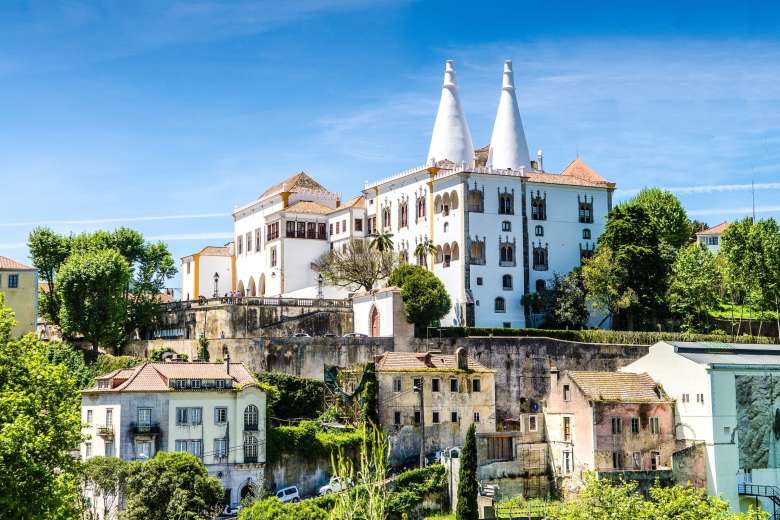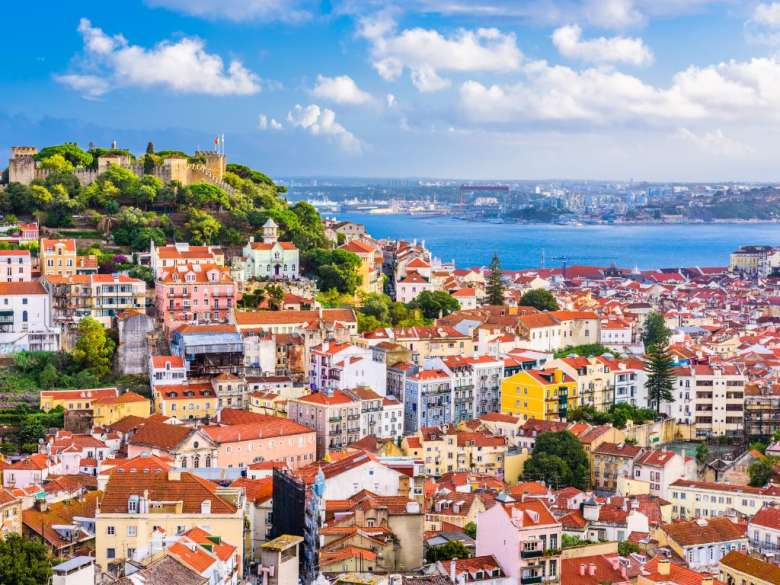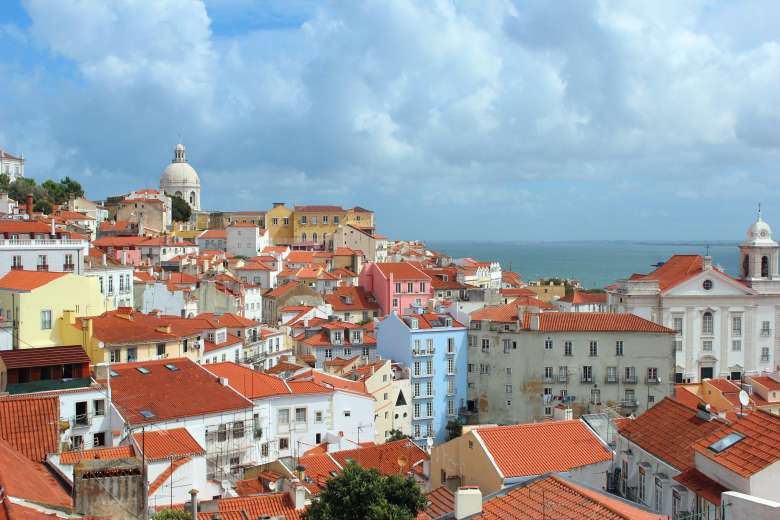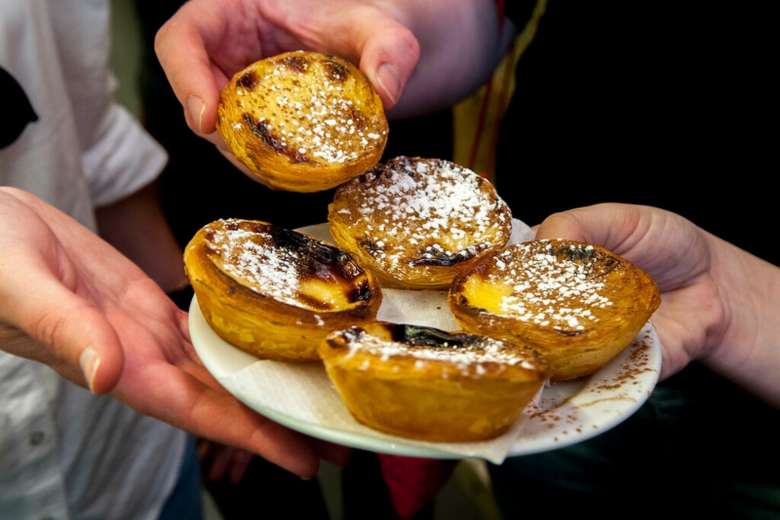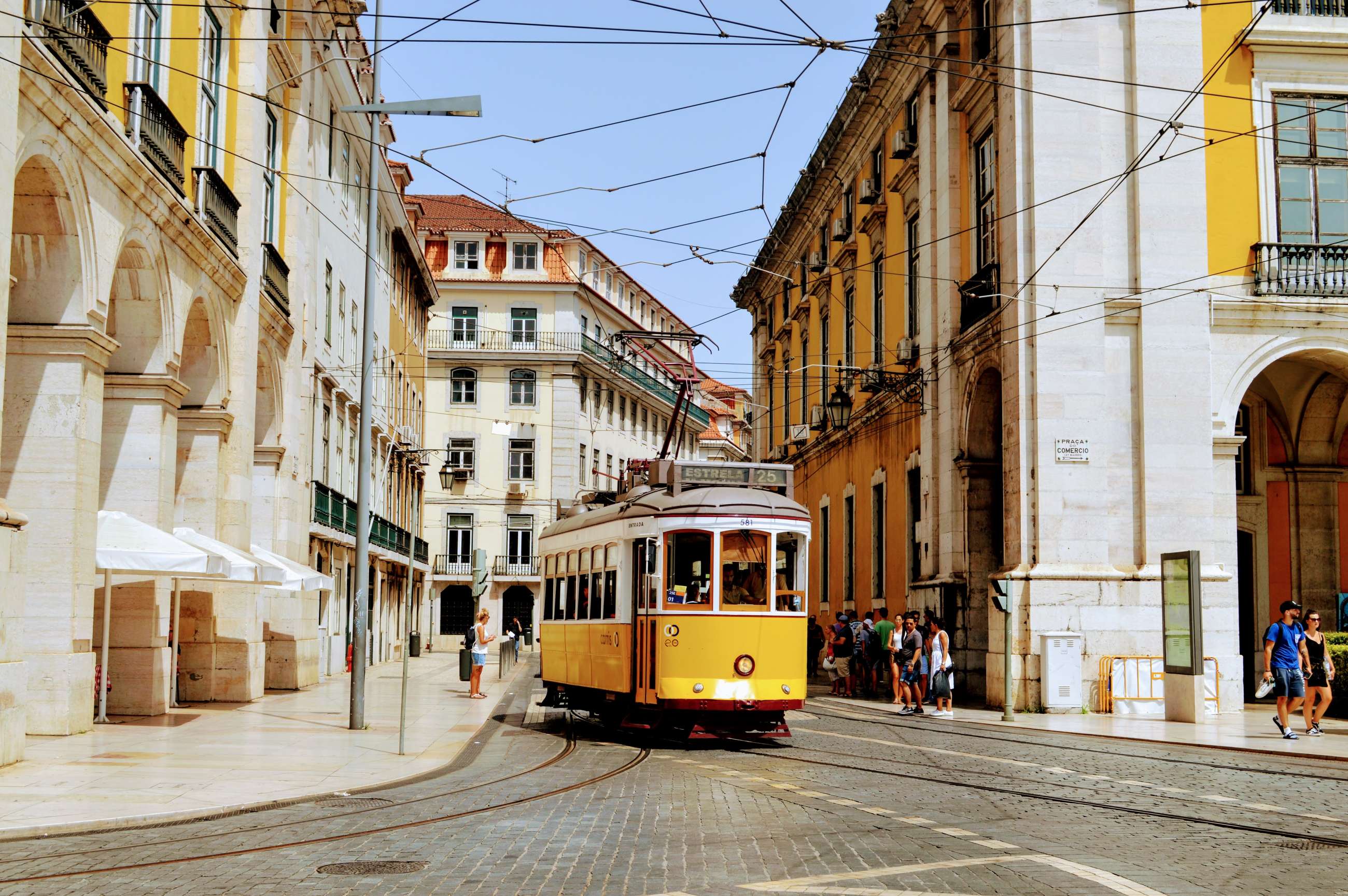
Lisbon Tours and Experiences See what others overlook. Understand what others don't.
Lisbon Private Walking Tours & Day Tours
Context Travel Lisbon & Sintra Tours
When you think of Lisbon, you imagine yellow trams climbing the hilly terrain. Traditional Fado music carries through the air as locals dance on a Friday evening – merriment spills out into the cobblestone streets – and the delicate aroma of fresh Pastel de Nata wafts on the breeze.
Begin your Lisbon trip with our exciting 3-hour Sites & Insights Welcome Tour, guided by local experts. You will dive into the bohemian spirit, rich history, and artistic vibes of Lisbon's prime districts: Bairro Alto, Chiado, and Baixa.
If you’re a Context traveler, you’ve just enjoyed the perfect experience of Lisbon in a Day, where your Expert perfectly executed every detail of the itinerary – tailored to suit your group’s interests, that you filled our team in on while booking.
For food lovers, you cannot miss our Lisbon Food Tour led by a local chef or food writer. Our guides will take you from Lisbon's time-honored patisseries, where you'll savor the most delectable pastries, to avant-garde eateries reimagining classic Portuguese dishes, providing insight into how Lisbon’s culinary scene reflects the broader cultural tapestry of Portugal.
If you’re a Context traveler, you’ve just enjoyed the perfect experience of Lisbon in a Day, where your Expert perfectly executed every detail of the itinerary – tailored to suit your group’s interests, that you filled our team in on while booking.
For food lovers, you cannot miss our Lisbon Food Tour led by a local chef or food writer. Our guides will take you from Lisbon's time-honored patisseries, where you'll savor the most delectable pastries, to avant-garde eateries reimagining classic Portuguese dishes, providing insight into how Lisbon’s culinary scene reflects the broader cultural tapestry of Portugal.
Next, you could wake up early to enjoy a day trip to Sintra, which has many extravagant villas and fairytale-esque castles. The history of this unique region is brought to life by your local expert, who guides you through this charming village, which was once the summer retreat of Portuguese royalty.
Your Context Tour becomes the highlight of your experience. It is also an investment in local culture – supporting the research and continued expertise of hundreds of local historians, chefs, professors, and more.
Gain Context on Lisbon and make the most of your trip while creating unforgettable memories.
Gain Context on Lisbon and make the most of your trip while creating unforgettable memories.
What Context Lisbon Travelers Say
–
1,779 Reviews
Reviews can only be left by Context customers after they have completed a tour. For more information about our reviews, please see our FAQ.
Pedro was incredible!! We loved every bit of it!
Herbert
Apr 4, 2025
Tiago was amazing!! He did a great job explaining history, culture, architecture and food of the area. He was extremely personable and made us feel very comfortable. We really feel like we have gained a friend. This tour is highly recommended, especially with Tiago.
Donna
Apr 3, 2025
Our family had an amazing experience on the Context Travel Food Tour in Lisbon—it was the perfect way to explore the city's culture together. The tastings were a hit with everyone. Our kids loved trying pastéis de nata, while we enjoyed the local Ginja and the rich flavors of Portuguese cheeses and meats.
Our guide, Tiago, was warm, engaging, and fantastic at keeping our kids (ages 9, 11, and 14) interested with fun stories and interactive moments. Tiago made sure there was something for everyone—even explaining the dishes in a way that the kids could understand and get excited about.
Walking through the charming streets of Lisbon, we learned so much about the city's history and how it shaped the food we were tasting. The small group size made it feel intimate, like we were getting an insider's tour rather than just scratching the surface.
What made this tour truly exceptional was our charismatic guide. Tiago’s warmth and engaging demeanor made it easy for him to connect with everyone, from adults to children. It felt more like chatting with a passionate local eager to unveil the city’s hidden gems than just a typical tour. By the end, we walked away not only satisfied by the incredible food but also with a profound appreciation for Lisbon’s lively culinary scene. I wholeheartedly recommend this tour to anyone exploring the city! Ask for Tiago if you do the tour, he is the best!
Jennifer
Apr 1, 2025

